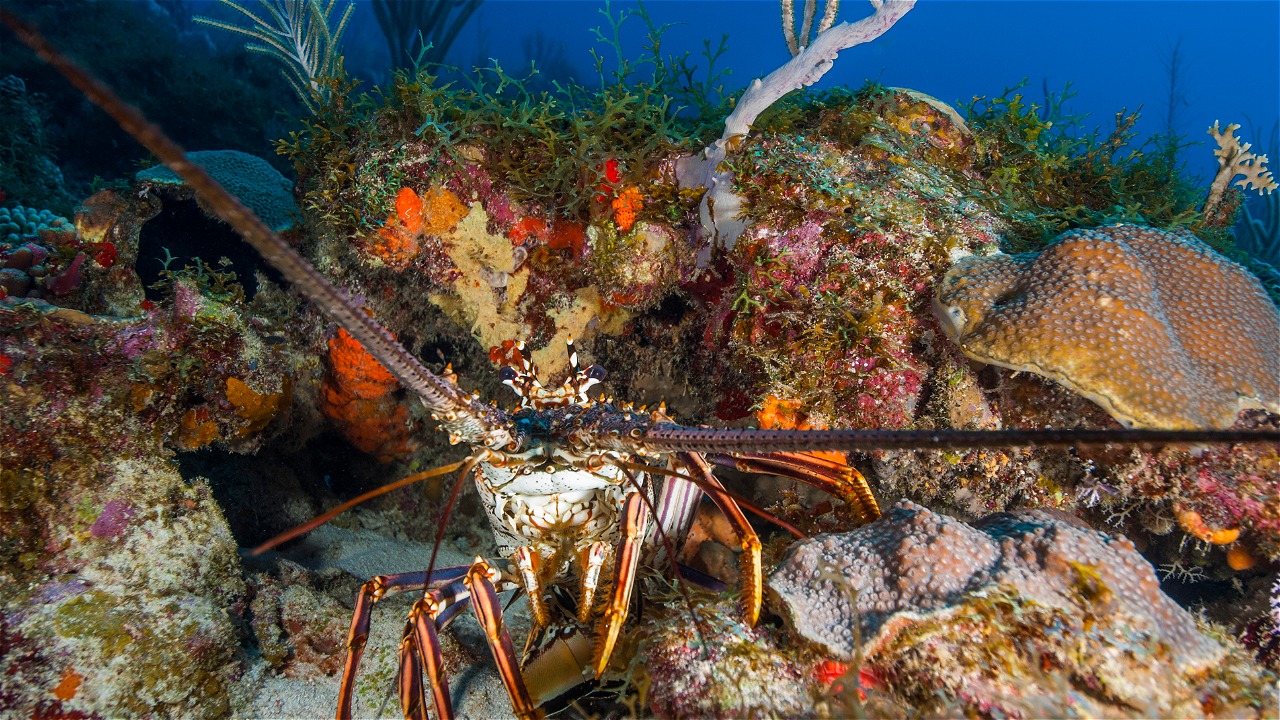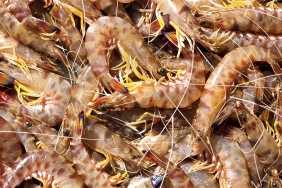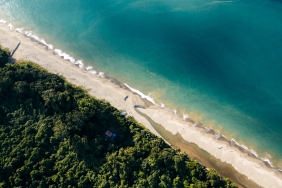TOGETHER TOWARDS SUSTAINABLE CRUSTACEAN FISHERIES MANAGEMENT
"By: Capture Fisheries Team
One of the fisheries commodities that has high economic value and contributes greatly to the community's economy is crustaceans - such as shrimp, lobster, crab, and crab. The economic value generated from these fisheries commodities in 2010-2014 reached 6.8 trillion, or 5.98% of Indonesia's total GDP from the capture fisheries sector in 2014. In fact, crab is a mainstay commodity for export to America (56%) and Japan (26%).
Decree of the Minister of Maritime Affairs and Fisheries Number 47 of 2016 concerning Potential Estimates, Allowable Catches, and Utilization Rates of Fish Resources in the State Fisheries Management Areas of the Republic of Indonesia states that the potential for penaeid shrimp, lobster, crab, and crab resources has reached overutilization status. This status is caused by a high level of fishing effort, which is not balanced with utilization arrangements that pay attention to the biological characteristics of these resources. In addition, the use of fishing gear that is not environmentally friendly, illegal fishing, and decreased ecosystem function also have an influence on the decline in crustacean resource stocks in nature.
"With crustacean fisheries stocks that are 95% under fully exploited to over exploited conditions, Indonesia needs strategies and innovations to restore the status of these stocks in order to support the welfare of Indonesian fishermen and ensure ecosystem health," said Abdullah Habibi, Aquaculture & Fisheries Improvement Manager WWF-Indonesia, in his presentation at the 2017 Crustacean National Symposium held last May 15-16.
In the discussion that took place during the symposium activities, several important things were found to be of considerable concern for the utilization of crustacean resources in Indonesia, including crustacean fishing areas in nature getting farther away, the size of crustaceans caught is getting smaller, modification of crustacean fishing gear into fishing gear that catches a lot of small crustaceans (juvenile phase), and the composition of crustacean catches dominated by crustaceans that are entering the reproductive phase. Several recommendations related to the management of crustacean utilization are also important notes from this symposium, including regulations on fishing control, fisheries management with an ecosystem approach and management with a fisheries bioeconomic approach.
WWF-Indonesia in collaboration with the Fisheries Research Center (Pusriskan), the Marine Fisheries Human Resources Research Agency (BRSDM KP), the National Commission for Fish Resources Assessment (Komnas kajiskan), Bogor Agricultural University (IPB), and the TAKA Foundation have conducted the 2017 Crustacean National Symposium and compiled the results of the latest research and scientific studies and formulated policies and management for sustainable crustacean fisheries in Indonesia.
"Crustacean fisheries have shown their contribution in modernizing fisheries in Indonesia, both positive impacts on the economy and employment, and also negative impacts on government policies. To move towards sustainable crustacean fisheries management, it must be based on the applicable legal basis," explained Dr. Ir. Toni Ruchimat, MSc, Head of the Fisheries Research Center - Ministry of Marine Affairs and Fisheries.
M. Zulfikar Mochtar, ST, MSc, Head of the Marine and Fisheries Research and Human Resources Agency (BRSDMKP) also said that "Sustainable fisheries management is not easy to do, but also not difficult. In its implementation, there must be a tug-of-war activity between three main points, namely optimal economy, sustainably managed ecology and social relations for the welfare of the community. These three points must work together to achieve balance."
By looking at these conditions, the Formulation Team has formed various strategies for sustainable crustacean fisheries management, such as 1) reviewing the status of crustacean stocks; 2) monitoring and evaluating the implementation of the results of the crustacean stock assessment and its application in crustacean management; 3) completing the Fisheries Management Plan in the existing Fisheries Management Areas in accordance with Law No. 31 of 2004 Article 7; 4) completing the Fisheries Management Plan in the existing Fisheries Management Areas in accordance with Law No. 31 of 2004 Article 7. 31 Year 2004 Article 7; 4) introducing, developing and implementing fisheries management with an ecosystem approach (EAFM); 5) developing research on the application of ecolabel certification in assessing stock status, impacts on fisheries and the environment, and criteria for fisheries and crustacean management systems, and; 6) strengthening small-scale crustacean fisheries management institutions to overcome fisheries governance problems, especially for crabs, mud crabs, and lobsters.
The scientific papers collected at the 2017 National Crustacean Symposium will be compiled into journals and proceedings that can be used by fisheries managers as a scientific reference in setting policies for better crustacean fisheries management. It is hoped that after the collection of actual information from the 2017 Crustacean National Symposium, the crustacean resource management system can be improved to achieve sustainable crustacean fisheries utilization in Indonesia.
To download presentation materials for the 2017 National Crustacean Symposium, visit http://www.eafm-indonesia.net/berita/detail/materi-pembicara-simnas-kru….





